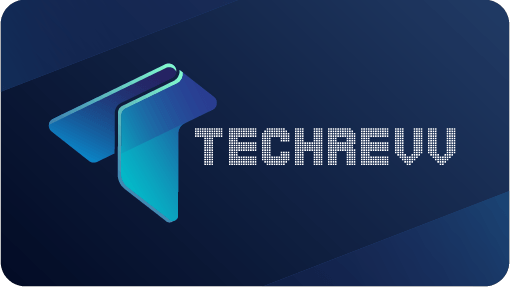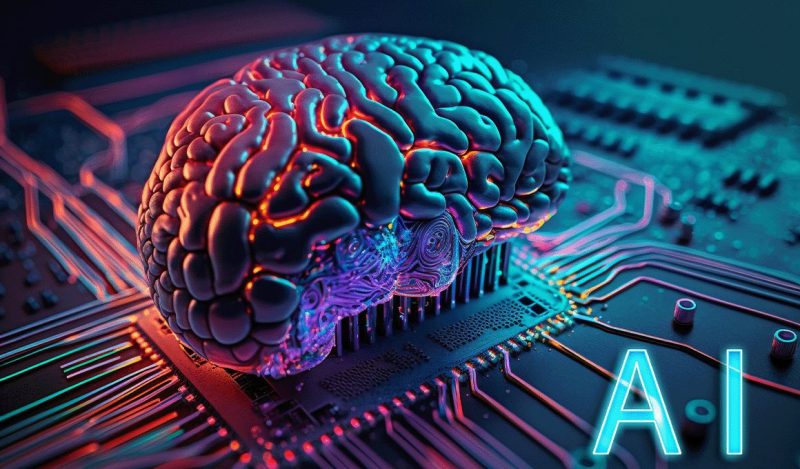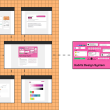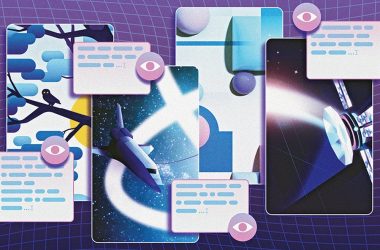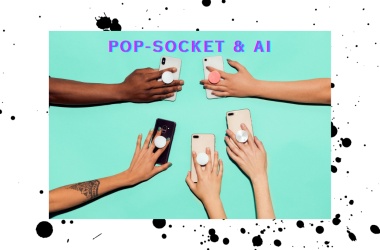We only heard that AI was everywhere and it needed to be corrected. AI is something that is making us addicted, and at the same time, we can't help it because it's like the cheery on the cake, which makes the cake tastier, just like the way AI enhances our work and your work field with its creativity.
Don't you know AI knows everything? Like right now, while writing this blog, I know somewhere out there that searching for AI is everything, and AI is everywhere. So I'll try to bring out the solutions to your problems. So, read it further to know where AI is evolving and growing and where it is taking us into the future.
What is AI?
Where the word AI comes from is none other than An Intelligence with an artificial procedure. So that is how its formation came to Artificial Intelligence. Artificial intelligence is helping us to a different spectrum in our personal and professional lives. Like the cherry on the tree of technology, upgrading software gives the world ease, simplifies the world, and buys opportunities, especially for young minds.
A Glimpse Into Its Growth Across Various Fields
Artificial Intelligence (AI) has transcended the realms of science fiction to become an integral part of our daily lives. From smartphones and social media algorithms to healthcare and finance, AI is omnipresent, transforming industries and shaping the future. This blog will explore the diverse fields where AI is flourishing and making significant strides.
Healthcare: Revolutionizing Patient Care

AI is revolutionizing the healthcare industry by enhancing diagnostic capabilities, optimizing treatment plans, and improving patient outcomes. Machine learning algorithms analyze medical data, aiding in early disease detection and personalized treatment recommendations. Robotics and AI-driven surgical systems are also transforming how surgeries are performed, making procedures more precise and minimizing risks.
Finance: Smart Investments And Fraud Detection

AI plays a crucial role in portfolio management, risk assessment, and fraud detection in the financial sector. Robo-advisors use machine learning to analyze market trends and recommend investment strategies. AI algorithms can quickly detect suspicious activities, helping financial institutions safeguard against fraudulent transactions and ensure the security of financial systems.
Education: Personalized Learning Experiences
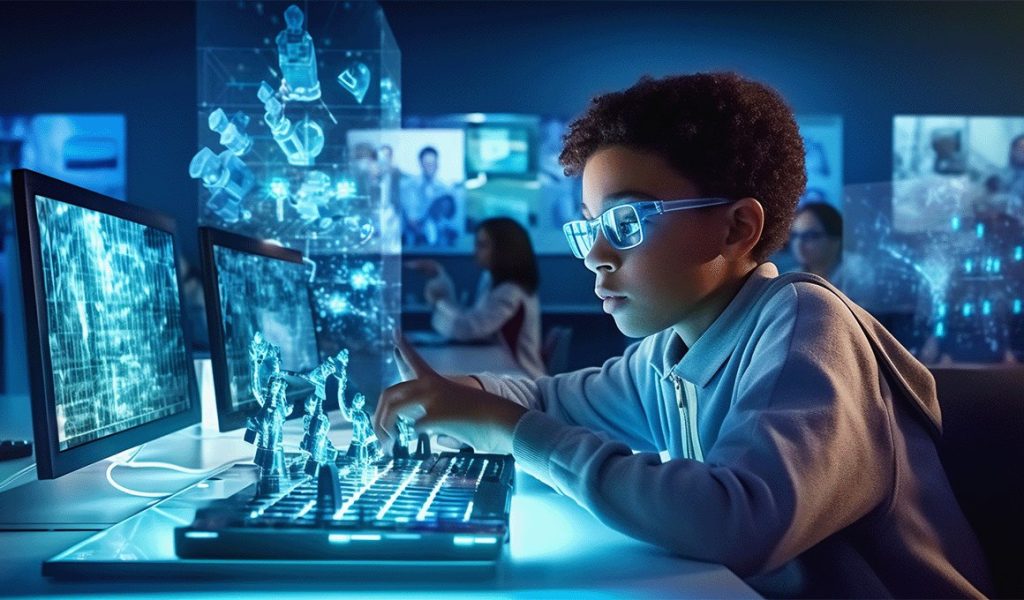
AI is reshaping the education landscape by offering personalized learning experiences. Adaptive learning platforms use AI algorithms to understand students' strengths and weaknesses, tailoring educational content to individual needs. Virtual tutors powered by AI assist students in understanding complex concepts, promoting a more interactive and engaging learning environment.
Retail: Enhanced Customer Experience
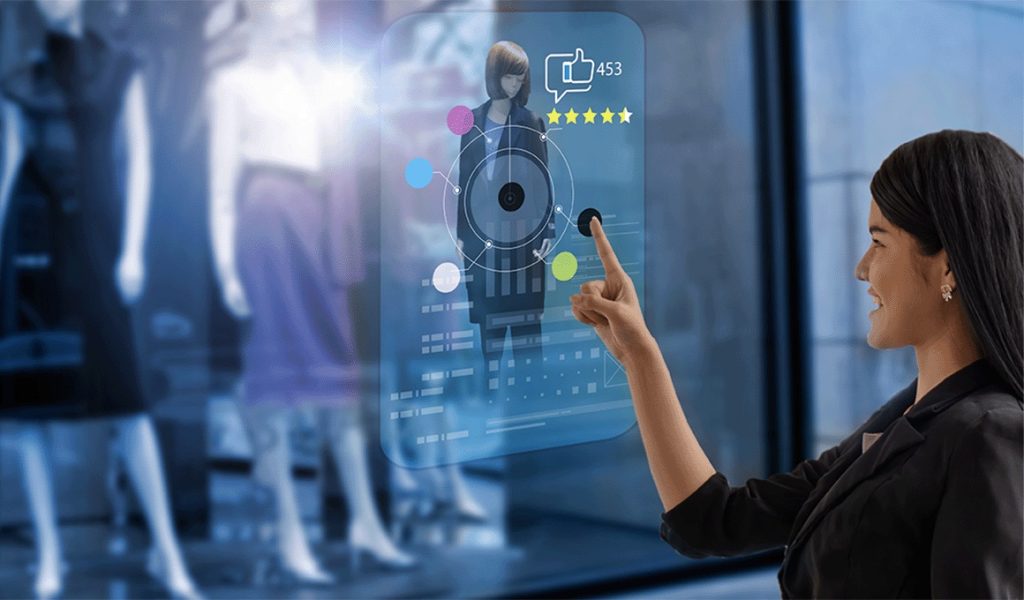
AI optimizes customer experience in retail through personalized recommendations and efficient inventory management. Chatbots and virtual assistants powered by natural language processing provide real-time customer assistance, enhancing customer service. AI-driven analytics help retailers understand consumer behavior, enabling them to make data-driven decisions to improve sales and marketing strategies.
Manufacturing: Smart Production And Quality Control
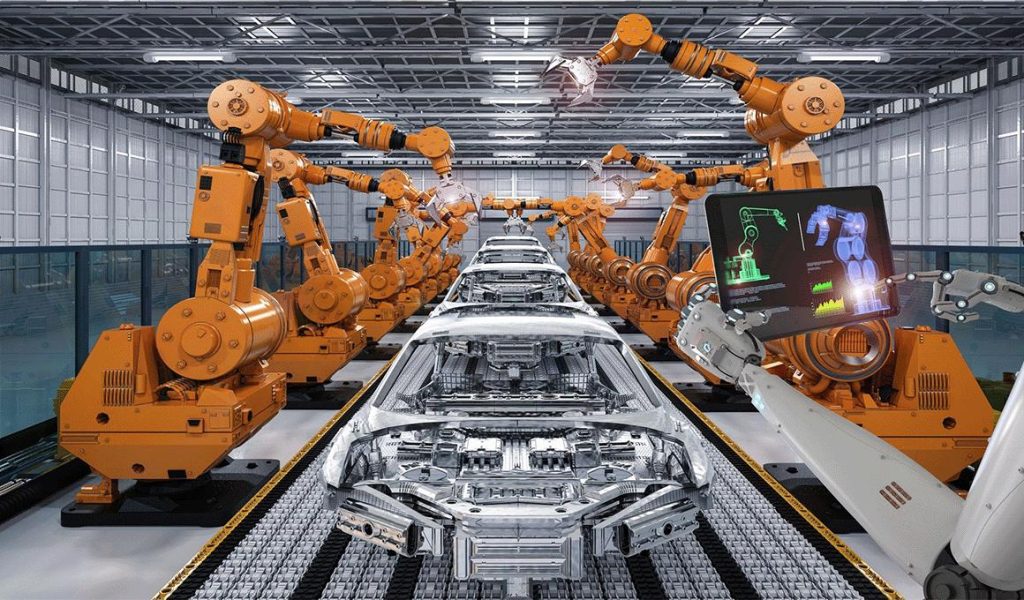
AI is transforming manufacturing processes with the implementation of smart production systems. Predictive maintenance powered by AI algorithms minimizes downtime by identifying potential equipment failures before they occur. Computer vision and machine learning are used for quality control, ensuring that products meet the highest standards.
Transportation: Autonomous Vehicles And Traffic Optimization
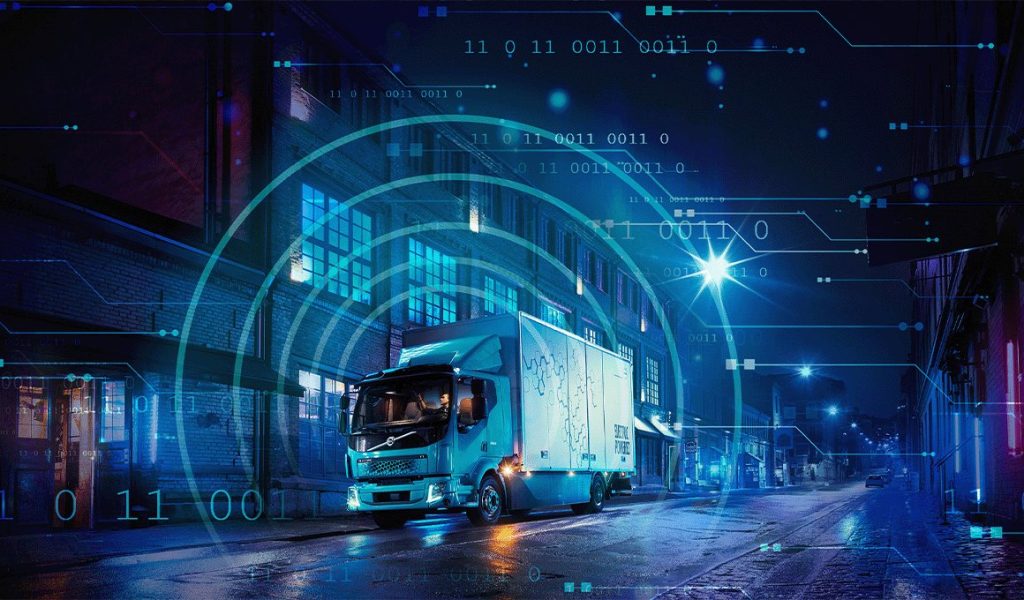
The transportation industry is on the cusp of a revolution with the advent of autonomous vehicles. AI algorithms enable these vehicles to navigate traffic, interpret road signs, and make real-time decisions for a safe and efficient journey. Traffic management systems leverage AI to optimize traffic flow, reducing congestion and improving overall transportation efficiency.
Entertainment: Personalized Content Recommendations
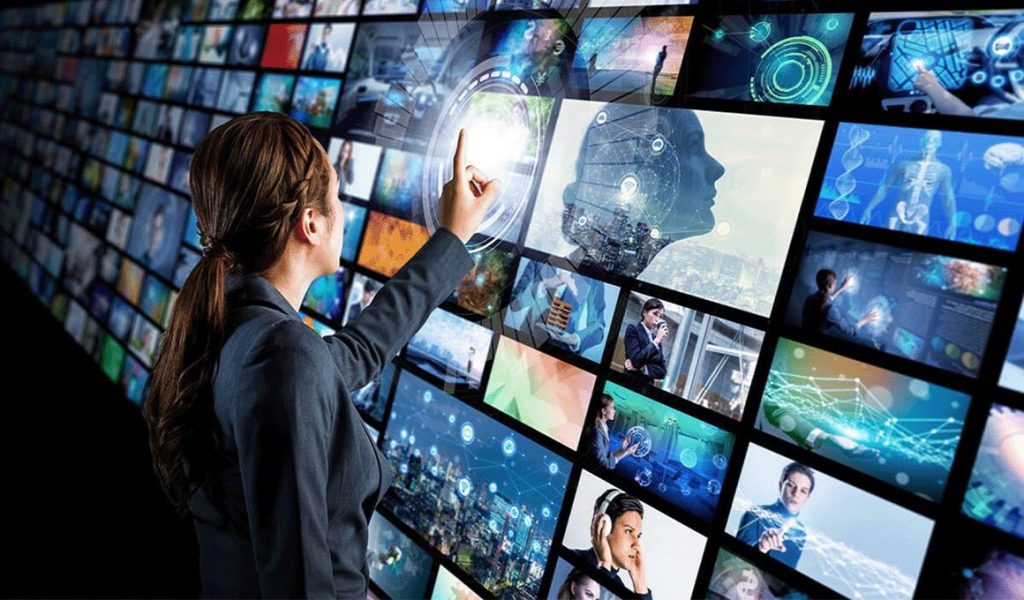
In the entertainment industry, AI is enhancing content discovery through personalized recommendations. Streaming platforms use machine learning to analyze user preferences and suggest movies, TV shows, and music tailored to individual tastes. AI-driven technologies also create immersive gaming experiences and virtual reality applications.
In the contemporary landscape, artificial intelligence (AI) has transcended its initial boundaries and become an integral part of our daily lives. From simplifying mundane tasks to revolutionizing entire industries, the influence of AI is undeniable. This blog explores the omnipresence of AI and its burgeoning impact on diverse fields, including art, writing, and design.
AI In Art:
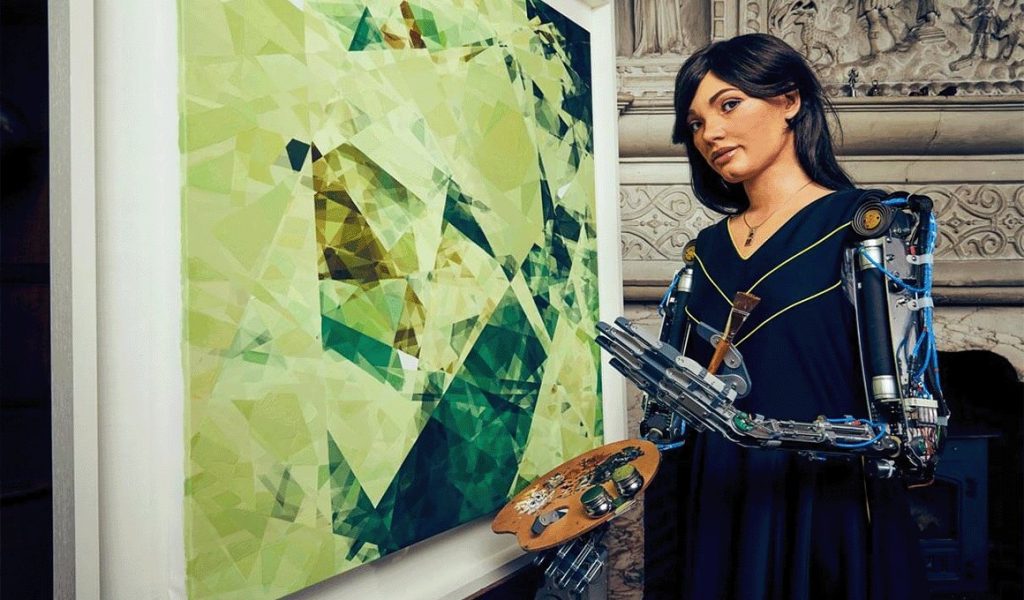
Traditionally, art has been considered a deeply human expression. However, AI has challenged this notion by proving its ability to generate art autonomously. Generative Adversarial Networks (GANs), an AI architecture, have been employed to create stunning visual art pieces. Artists and technologists collaborate to imbue machines with the capacity to understand and replicate various artistic styles.
For instance, artists like Mario Klingemann and Robbie Barrat have harnessed the power of AI to produce captivating artworks that blend the essence of human creativity with the computational precision of machines. AI-generated art is not merely a novelty but a testament to the evolving synergy between human imagination and artificial intelligence.
AI in Writing:

The written word is another realm where AI has marked its presence. Natural Language Processing (NLP) models, such as OpenAI's GPT-3, have demonstrated the ability to generate coherent and contextually relevant text. The applications are vast, from chatbots that simulate human conversation to AI-driven content creation tools.
Writers and content creators are increasingly using AI to enhance productivity and creativity. AI tools can assist in generating ideas, suggesting improvements, and even crafting entire pieces of content. This collaboration between human writers and AI algorithms is not about replacing creativity but augmenting it, fostering a symbiotic relationship where technology amplifies human potential.
AI in Design:
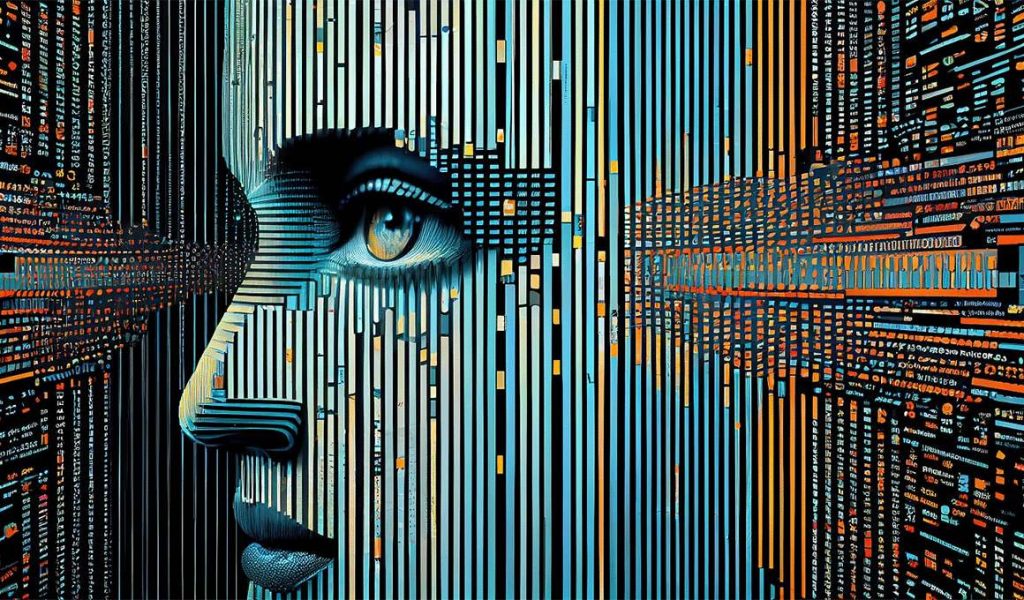
Design, whether graphic or industrial, has also embraced the capabilities of AI. Generative design algorithms use parameters and constraints to create innovative and optimized designs. From architectural layouts to product prototypes, AI aids designers in exploring a multitude of possibilities and finding optimal solutions.
Moreover, AI-powered tools are streamlining the creative process by automating repetitive tasks, allowing designers to focus on ideation and conceptualization. Adobe's Sensei and similar platforms incorporate AI to understand user preferences, offering personalized design suggestions and significantly improving user experiences.
The Intersection Of AI In Art, Writing, And Design:
What's particularly fascinating is the intersection of AI across these domains. AI systems can be trained to understand the nuances of art and design styles, enabling them to generate written content that complements specific visual aesthetics. This holistic approach fosters a cross-disciplinary synergy, where AI becomes a collaborative partner in the creative process.
As we witness the growth of AI in art, writing, and design, it's essential to recognize the balance between technological advancements and human ingenuity. The fusion of these elements is shaping a future where creativity knows no bounds, powered by the seamless integration of artificial intelligence into our creative endeavors.
The pervasive influence of AI is transforming diverse industries, driving innovation, and redefining how we live and work. As AI evolves, its impact will only become more profound, unlocking new possibilities and shaping a future where intelligent technologies are an integral part of our everyday existence. Embracing the potential of AI will undoubtedly lead to unprecedented advancements, making our world smarter, more efficient, and more interconnected than ever before.
AI is a futuristic concept and a present-day reality, touching every aspect of our lives. Its impact in fields like art, writing, and design signifies a transformative era where human creativity is amplified by the computational capabilities of AI. Embracing this synergy opens up new possibilities, promising a future where innovation and imagination are unlimited.
Revolutionizing Design: The Impact Of AI In Graphic Design
Once a domain exclusively shaped by human creativity, graphic design has undergone a transformative evolution with the integration of artificial intelligence (AI). This blog explores the influence of AI in graphic design and introduces some noteworthy platforms, including Fotor and its AI Image Generator, alongside other key players in the industry.
AI has become a catalyst for innovation in graphic design, introducing tools that augment the creative process and elevate the efficiency of designers. As the demand for visually compelling content grows, AI has emerged as an indispensable ally, offering solutions that range from automated enhancements to cutting-edge design generation.
Notable AI Platforms In Graphic Design:
Adobe Creative Cloud:
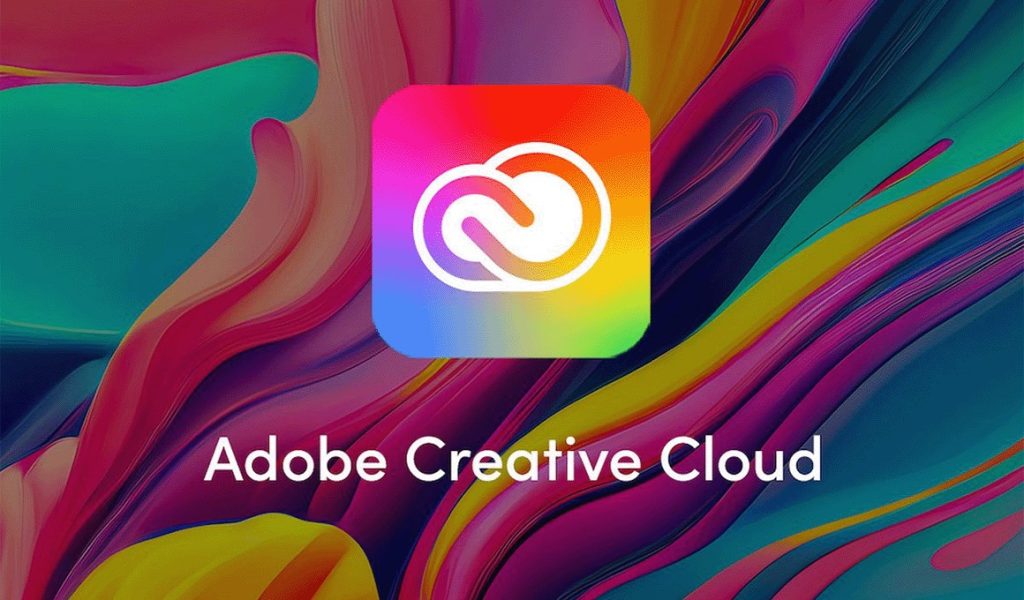
An industry giant, Adobe has seamlessly integrated AI into its Creative Cloud suite. Adobe Sensei, its AI and machine learning platform, powers various tools such as:
- Content-Aware Fill: Intelligently fills gaps or removes unwanted elements from images.
- Adobe Stock Visual Search: Enables users to find images using visual cues.
- Auto Reframe in Premiere Pro: Automatically adjusts video framing based on content.
Canva:
Canva, a user-friendly platform, incorporates AI to simplify design for users of all skill levels. Notable AI features include:
- Layout Suggestions: AI suggests layout options based on content and design principles.
- Font Pairing: Recommends complementary font combinations.
- Color Coordination: Assists in selecting harmonious color palettes.
Fotor: A Deep Dive into AI Image Generator:
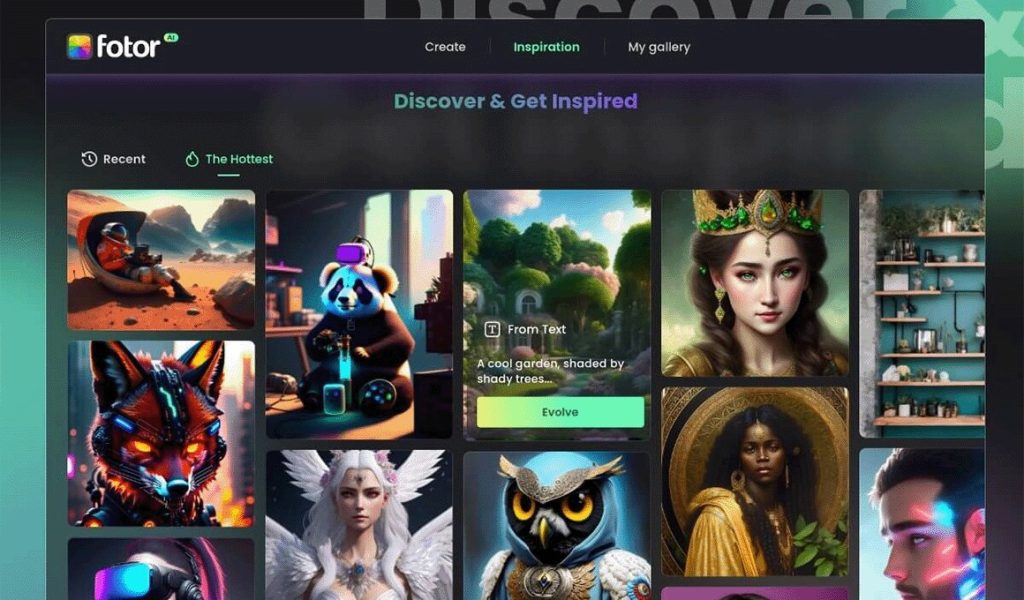
Fotor stands out with its AI Image Generator, offering a suite of AI-powered tools tailored for graphic designers:
- AI Face Generator:
- Create diverse and customizable facial features for character design or avatar creation.
- AI Art Generator:
- Apply various artistic styles to transform ordinary images into unique works of art.
- AI Photo Effect:
- Enhance photos with intelligent filters and adjustments for a professional finish.
- Photo Enhancer:
- Optimize images effortlessly with Fotor's AI-driven Photo Enhancer for stunning visual results.
- Background Remover:
- Seamlessly remove backgrounds with precision using Fotor's AI Background Remover.
- Object Remover:
- Erase unwanted elements from images effortlessly with Fotor's AI Object Remover.
- AI Avatar Generator:
- Craft personalized avatars with Fotor's AI Avatar Generator for a unique digital identity.
Other Leading Platforms:
PicMonkey:
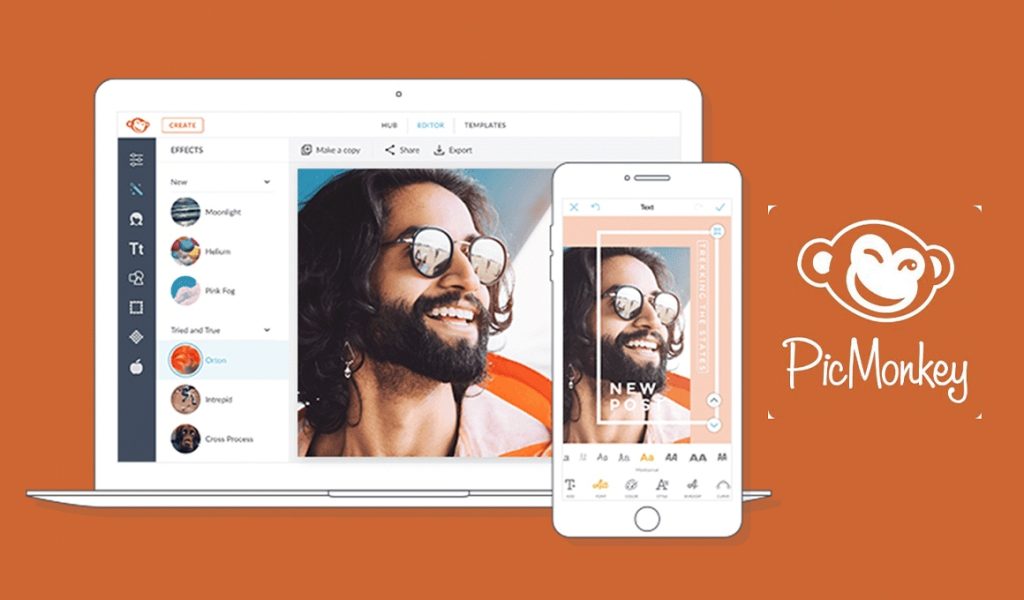
PicMonkey'sPicMonkey's AI-powered features include:
- Smart Resize: Automatically adjusts designs for various social media platforms.
- Background Remover: Effortlessly remove backgrounds from images.
Designify:
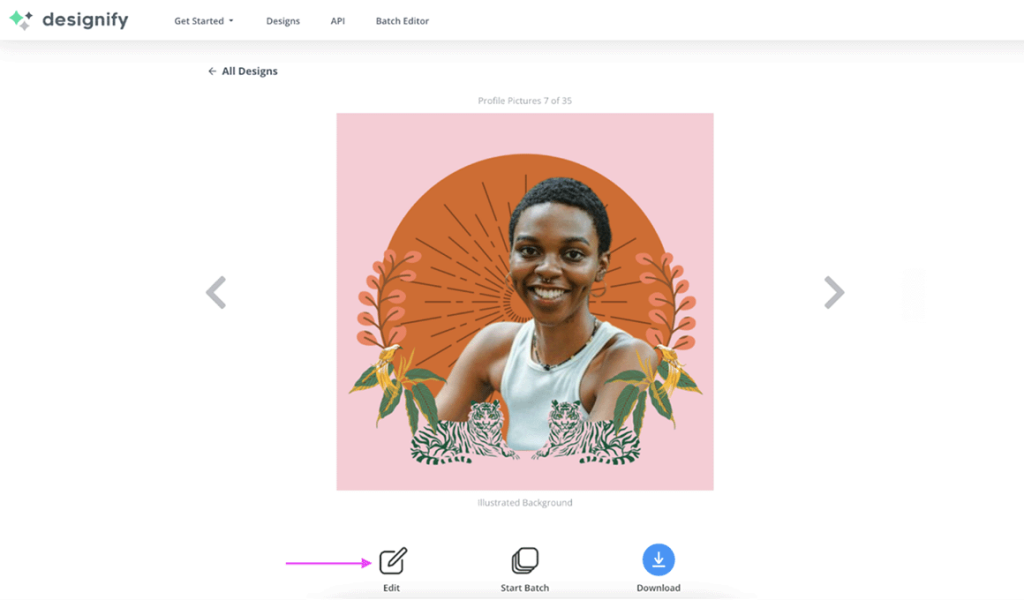
Designify utilizes AI for:
- Automated Layouts: Generate design layouts quickly.
- Color Palette Recommendations: Receive suggestions for cohesive color schemes.
Conclusion:
Integrating AI into graphic design platforms has redefined the creative landscape, offering designers powerful tools to streamline workflows and push the boundaries of imagination. Whether you choose Adobe Creative Cloud, Canva, Fotor, PicMonkey, Designify, or other platforms, embracing AI-driven features empowers designers to create visually stunning and impactful designs efficiently and easily. As the synergy between AI and graphic design continues to evolve, we can expect even more groundbreaking innovations.
